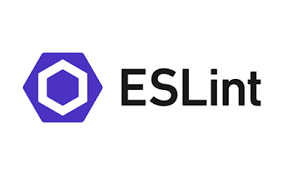Benefit of Coding Stardards for Software Engineers
20 Sep 2018Same coding standards for a project

Coding standards are guidelines for coding styles in writing the codes. The programmers have their own preferred styles but they have to adhere to coding standards when writing the source code for a project. Thus, the coding standard for each project will be the same and easily understood by the team members. It is important to have coding standards as it brings ease in deciphering all the codes for the team programmers as they have the same coding standards.
However, the most important when the code is able to run otherwise it is useless and more difficult for the other programmers to correct the codes. When coding standards are implemented in the software engineering technique, it will make us easier to learn the programming language, detecting problems and improve the quality of the code. Then, coding standards will decrease the time and workload when they are being applied in any project.
ESLint Coding standards with IntelliJ

In the software engineering classes such as ESLint, coding standards are being applied in order for the students to understand one another’s code faster and uses the same type of codes. If we see the same written codes, we will be familiar and be able to decipher any differences made in the programs. There is a green check mark when we are using the correct coding standards otherwise it will show the red lines for every line that indicate errors in coding.
Personally, I am quite impressed with this ESLint especially with the check mark as it essentially assists in maintaining code standards for adjusting the synthetic error like formatting issues, defined the variables that have never been used, and performing incorrect spacing, etc. In applying the coding standards of ESlint to IntelliJ, it will view the errors written in the code and the software engineers may correct them instantly to make the code in compliance with the project.